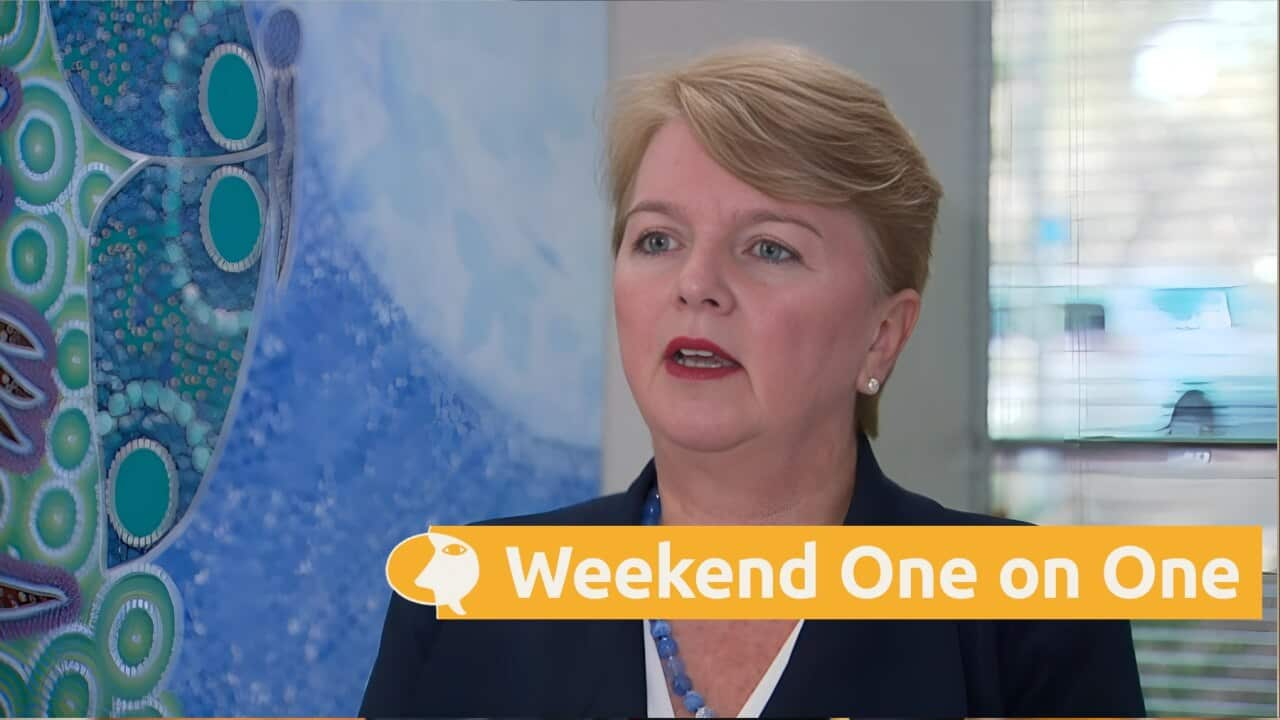TRANSCRIPT
Are you having to find extra work just to get by?
Well, you wouldn't be alone, as new data from the Australian Bureau of Statistics shows that a record number of Australians are having to pick up multiple jobs to address current cost of living pressures.
The ABS estimates that 947,300 Australians worked multiple jobs in March, which is a new record.
Greg Jericho, policy director at the Australia Institute’s Centre for Future Work, says this increase comes down to a number of factors that have compounded pressures on households.
"An increase in part time and casual work, a decrease in the wages of people in terms of what they're getting paid for what they are doing. And then the increase in the cost of living when you put all those together you see a great number of people having to work more than one job just to get by."
The ABS estimated that just over 13 million working Australians hold just one job, meaning that 6.6 per cent of all workers are holding down multiple positions.
Before the COVID-19 pandemic, the proportion of workers doing multiple jobs was between five to six per cent, but has remained above that level since December 2021.
One small-business owner and mother-of-two, Racheal Bartolo, says the increasing cost of groceries and other essentials has meant her and her husband have now had to upskill and pick up extra employment just to get by.
"The grocery bill has increased dramatically and things aren't just going up like you know 30 cents or 20 cents like they're going up like whole dollar amounts like our grocery bills probably go up at least 100 to 150 dollars over the last few months it's crazy."
This latest ABS data release also shows annual living costs for employee households in Australia increased 9.6 per cent, the largest increase the organisation has seen since they started recording the statistic in 1999.
Ms Bartolo owns a gym in Nowra in New South Wales' South Coast region.
After the COVID-19 pandemic dealt a significant blow to her gym's finances, recent inflation has made it no longer sustainable for her to keep the gym running and she's had to put the business on the market.
"It devastated me to be honest. I watched my dream die. I watched everything that I built die. And I'm continuing to watch my dream die while it's open and not selling because it's not really a seller's market either because no one can afford anything. There was a moment there where I was, like, where am I going to go from here? Because I've devoted, you know, a decade of my life. My whole identity was fitness, running my gym and everything and I can't do this anymore."
Ms Bartolo still works full-time at the gym but has recently completed her Diploma of Community Services and has been splitting her time between the gym and working with charitable services.
Meanwhile, her husband - who also works full-time - has also needed to work odd jobs to bring in additional income for the family.
This matches up with two pieces of seemingly-conflicting data: significant increases in financial pressures on households and current low unemployment rates across the country.
The latest ABS data shows the unemployment rate in Australia for July was at 3.5 per cent, not far from last October’s 3.4 per cent, which was the lowest rate seen since the mid-1970s.
Greg Jericho from the Centre for Future Work says looking at the number of employed Australians is missing a key piece of the puzzle.
"It doesn't tell us whether those jobs part time full time, whether it's like good paid or, or not well paying. One of the interesting things about this data on multiple jobs that has just come out shows that people who are working full time jobs are also needing to find another job to get by. So it's not just a case of people working two part time jobs or three part time jobs. There are people who are working a full time job and having to work more hours"
Ms Bartolo says the hardest part of her financial struggles is seeing the impacts of these cost of living pressures on her two children.
"It's hard for little brains to understand money and budgeting. And my eldest son has a school camp coming up and it's a couple hundred dollars for two days. And he was saying, I won't go because I know you and dad are worried about money. And I don't want my 10 year old to feel like that. Like, he shouldn't be feeling like he has to sacrifice something so we can get by for another week."













